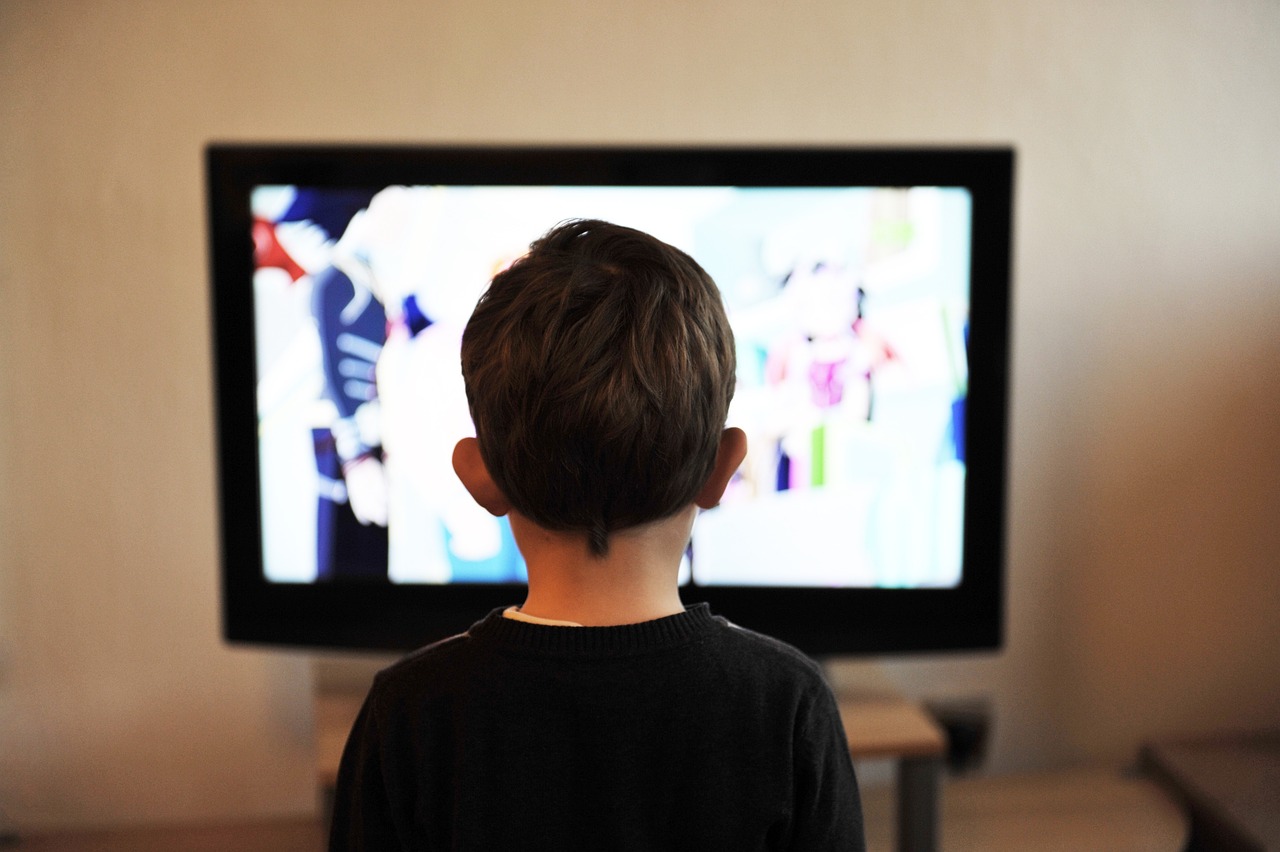Here’s another reason to limit your kid’s screen time. Scientists say exposure to blue light from smartphones and tablets may lead to early puberty.
Blue light is one of the colors of the visible light spectrum that has the shortest wavelength and highest energy. The sun is the main source of blue light. Fluorescent bulbs, LED (light-emitting diode) bulbs and electronic devices such as computers, laptop screens, televisions, cell phones and tablets that use LED technology also emit blue light.
Studies have shown that blue light exposure can affect the eyes, elevate the risk of cancer and affect the sleep-wake cycle.
Puberty or the time of sexual maturity occurs after the age of eight in girls and nine in boys. Precocious puberty or early puberty is when the child achieves puberty sooner than the expected age. Factors such as infections, hormonal issues, tumors and brain injuries can cause early puberty in kids.
There have been reports of increased cases of precocious puberty during the COVID-19 pandemic. To examine if it has links to the elevated use of blue light emitting devices during the period, researchers from Ankara Bilkent City Hospital and Gazi University in Turkey analyzed the effect of blue light exposure on the testicular tissue of young male rats.
In the study, published in the journal Frontier in Endocrinology,researchers examined 18 female mice after dividing them into three equal groups: a control group, a group with exposure to blue light for six hours, and a group with blue light exposure for 12 hours.
“The first signs of puberty occurred significantly earlier in both groups exposed to blue light, and the longer the duration of exposure, the earlier the onset of puberty,” the researchers said in a news release.
They observed reduced melatonin levels, elevated reproductive hormones (estradiol and luteinizing hormone) and physical changes in the ovarian tissues of the rats exposed to blue light, indicating an early onset of puberty. The rats exposed to…
Read the full article here

Leave a Reply